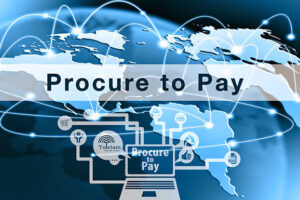Security labels are used to classify and mark information and resources in a way that clearly communicates the level of sensitivity and protection required. They can be used to identify and differentiate between different types of data, such as confidential, secret, or top secret, and to indicate the level of access that is allowed for different groups or individuals. Security labels are an important aspect of information security and are often used in conjunction with other security measures, such as access controls and data encryption, to help protect sensitive information and assets.
The market for security labels is expected to grow significantly in the coming years due to increasing demand for security measures in a variety of industries. According to a Zion Market Research the global security labels market size was worth around USD 24.5 billion in 2021 and is predicted to grow to around USD 39.6 billion by 2030 with a compound annual growth rate (CAGR) of roughly 5.5% between 2022 and 2030.
There are several factors driving the growth of the security labels market, including:
- Increasing incidents of fraud and counterfeiting: Security labels are used to prevent fraud and counterfeiting, and the increasing incidence of these activities is driving demand for security labels.
- Growing adoption of electronic labels: The growing adoption of electronic labels, such as radio frequency identification (RFID) tags and near field communication (NFC) tags, is expected to drive the growth of the security labels market.
- Increasing demand for security in various industries: The increasing demand for security in a variety of industries, such as government, military, healthcare, and retail, is driving the growth of the security labels market.
- Technological advancements: The development of new technologies, such as holographic labels and smart labels, is expected to drive the growth of the security labels market.
Read also: Laminated Labels Market Size to Reach USD 57.2 Billion by 2030 with 4.5% CAGR
- Classifying and marking documents: Security labels are often used to classify and mark physical documents, such as confidential reports or classified documents, to indicate their level of sensitivity and the level of access that is allowed.
- Protecting electronic data: Digital security labels can be applied to electronic files and data to indicate their level of sensitivity and to control access to them.
- Protecting physical assets: Security labels can be used to mark physical assets, such as computer equipment or communication devices, to indicate their level of sensitivity and to control access to them.
- Protecting intellectual property: Security labels can be used to mark intellectual property, such as patents and trade secrets, to indicate their level of sensitivity and to control access to them.
- Controlling access to sensitive areas: Security labels can be used to mark doors, gates, and other access points to sensitive areas, such as secure facilities or data centers, to indicate the level of access that is allowed.

